Hang Thi Ngo
age ~50
from Milpitas, CA
- Also known as:
-
- Hang T Ngo
- Hang T Lam
- Hang Tngo
- Cong B Lam
- Hang F
- Phone and address:
-
1031 Park Victoria Dr, Milpitas, CA 95035
4089568676
Hang Ngo Phones & Addresses
- 1031 Park Victoria Dr, Milpitas, CA 95035 • 4089568676
- 1033 Park Victoria Dr, Milpitas, CA 95035 • 4089359965
- 1395 Aberford Dr, San Jose, CA 95131 • 4082586198 • 4089231747
- Elk Grove, CA
- Santa Clara, CA
Resumes

Hang Ngo
view sourceLocation:
United States

Hang Ngo
view sourceLocation:
United States
Education:
University of California, San Diego 2006 - 2010
BA, Pyschology
BA, Pyschology

Hang Ngo San Jose, CA
view sourceWork:
Santa Clara County In-Home Supportive Services
May 2007 to Present
Senior Caregiver Sequoia Hospital
Redwood City, CA
Jan 2011 to Jul 2011
Radiology Intern Seton Medical Center
Daly City, CA
May 2011 to Jun 2011
Radiology Intern Kaiser Mountain View Clinic
Mountain View, CA
Nov 2010 to Jan 2011
Radiology Intern Lucile Packard Childrens Hospital
Palo Alto, CA
Sep 2010 to Nov 2010
Radiology Intern Kaiser Redwood City Medical Center
Redwood City, CA
Sep 2009 to Aug 2010
Radiology Intern Kaiser Santa Clara Medical Center
Santa Clara, CA
Nov 2008 to Dec 2008
Phlebotomy Intern
May 2007 to Present
Senior Caregiver Sequoia Hospital
Redwood City, CA
Jan 2011 to Jul 2011
Radiology Intern Seton Medical Center
Daly City, CA
May 2011 to Jun 2011
Radiology Intern Kaiser Mountain View Clinic
Mountain View, CA
Nov 2010 to Jan 2011
Radiology Intern Lucile Packard Childrens Hospital
Palo Alto, CA
Sep 2010 to Nov 2010
Radiology Intern Kaiser Redwood City Medical Center
Redwood City, CA
Sep 2009 to Aug 2010
Radiology Intern Kaiser Santa Clara Medical Center
Santa Clara, CA
Nov 2008 to Dec 2008
Phlebotomy Intern
Education:
Canada College
Redwood City, CA
2009 to 2011
AS in Radiologic Technology De Anza College
Cupertino, CA
2008 to 2009
Certificate of Achievement in Phlebotomy
Redwood City, CA
2009 to 2011
AS in Radiologic Technology De Anza College
Cupertino, CA
2008 to 2009
Certificate of Achievement in Phlebotomy
Skills:
- Blood Draw, Senior Care, Computed Tomography (CT) and Typing.
Us Patents
-
Disk Drive Platter Using Sputter Shadows Thereon For Determining Orientation Thereof
view source -
US Patent:6567240, May 20, 2003
-
Filed:Feb 26, 2001
-
Appl. No.:09/793236
-
Inventors:Bradley Frederick Baumgartner - Los Banos CA
Andrew John Buhler - San Jose CA
Erich Chuh - San Mateo CA
Hang Fai Ngo - San Jose CA
Bob C. Robinson - Hollister CA
Elmer Tyree York - San Jose CA -
Assignee:International Business Machines Corporation - Armonk NY
-
International Classification:G11B 582
-
US Classification:360135
-
Abstract:A disk for a disk drive uses a circular platter having first and second sides and a circumferential edge. The circumferential edge of the disk has four symmetrically spaced apart shadows and a fifth or additional shadow that gives the disk an asymmetrical shadow signature. The fifth shadow is offset relative to the other shadows, which have congruent arcuate lengths and separation. The fifth shadow has an arcuate length that is about half as long as those of the other shadows, and is closely spaced adjacent to one of the other shadows. The asymmetric shadow signatures of the disk is used to precisely determine both the circumferential position of the platters and their planar orientation (i. e. , A-side or B-side). For example, when the disk is mounted on a tool spindle and rotated, an optical detector detects the pattern of the shadows and feeds the data to a computer system.
-
Apparatus And Method For Glide Height Calibration Of Disk Surfaces By Use Of Dual-Zone Laser Texture
view source -
US Patent:6662623, Dec 16, 2003
-
Filed:Sep 20, 2001
-
Appl. No.:09/957291
-
Inventors:Bradley Frederick Baumgartner - Los Banos CA
James Hammond Brannon - Palo Alto CA
Jorge Daniel Colonia - San Jose CA
Huyen D. Do - San Jose CA
Shanlin Duan - Fremont CA
Connie H. Moy - San Jose CA
Hang Fai Ngo - San Jose CA
Yu Lo - Fremont CA -
Assignee:International Business Machines Corporation - Armonk NY
-
International Classification:G11B 582
-
US Classification:73 189
-
Abstract:A disk for calibrating glide heads utilizes a dual-zone configuration of multiple laser melt bumps having selected heights. Averaging the PZT response over many bumps significantly narrows the response distribution, resulting in greater certainty and correlation of the PZT amplitude to bump height. The multiple calibration bumps are circumferentially arranged on a disk surface at a selected radius in a ring-like manner. A second head cleaning zone is provided near the inner diameter of the disk to provide for increased reproducibility of the PZT calibration response. The second zone is densely textured and serves to clean the glide head prior to its use in the calibration zone.
-
Glide Slider Fly Height Calibration Method Using Disk Spin Down And Slider Dynamic Scan
view source -
US Patent:6771453, Aug 3, 2004
-
Filed:Nov 5, 2001
-
Appl. No.:10/011474
-
Inventors:Bradley Frederick Baumgartner - Los Banos CA
Norman H. Chu - San Francisco CA
Shanlin Duan - Fremont CA
Patricia Galindo - Sunnyvale CA
Roger Yu Lo - Fremont CA
Connie H. Moy - San Jose CA
Hang Fai Ngo - San Jose CA -
Assignee:Hitachi Global Storage Technologies Netherlands B.V. - Amsterdam
-
International Classification:G11B 2102
-
US Classification:360 75, 360 25
-
Abstract:A calibration method for determining the flying height of a glide slider for disk glide height testing is disclosed. The method utilizes a disk with bumps in situ on a disk glide height tester. The method automatically takes into account disk topography, mounting tolerances, and slider roll.
-
Glide Testing Of Disks With Calibration Confirmation Testing By Inducing Collision Of The Slider With Production Disk Surface
view source -
US Patent:7064659, Jun 20, 2006
-
Filed:Aug 31, 2004
-
Appl. No.:10/931316
-
Inventors:Bradley Frederick Baumgartner - Los Banos CA, US
Norman Chu - San Francisco CA, US
Patricia Galindo - Morgan Hill CA, US
Hang Fai Ngo - San Jose CA, US
Yu Lo - Foster City CA, US
Nalin Zhou - San Jose CA, US -
Assignee:Hitachi Global Storage Technologies Netherlands B.V. - Amsterdam
-
International Classification:G08B 29/00
-
US Classification:340514, 360 25, 360 31, 324212
-
Abstract:A method is presented for glide testing a disk which tests the glide head fly-height by inducing a collision between the glide head and a disk under test. The glide test system is initially calibrated using calibration disks. The method of the invention periodically tests the calibration without interrupting the production testing by lowering the rotation rate until the glide head collides with the rotating disk surface. The rotation rate at which the collision occurs is then compared with the value expected based on knowledge of disk samples and the initial calibration. Parameters for acceptable high and low values are established to detect changes in the glide test system performance to trigger automatic or manual recalibration.
-
System, Method, And Apparatus For Glide Head Calibration With Enhanced Pzt Channel For Very Low Qualification Glide Heights
view source -
US Patent:7121133, Oct 17, 2006
-
Filed:May 28, 2004
-
Appl. No.:10/857195
-
Inventors:Norman Chu - San Francisco CA, US
Shanlin Duan - Fremont CA, US
Patricia Galindo - Morgan Hill CA, US
Hang Fai Ngo - San Jose CA, US
Yu Lo - Foster City CA, US
Nalin Zhou - San Jose CA, US -
Assignee:Hitachi Global Storage Technologies Netherlands B.V. - Amsterdam
-
International Classification:G01B 7/34
-
US Classification:73 189
-
Abstract:A glide head calibration technique uses two fly height calibrations on a disk media certifier. The first calibration point uses a spin down on bump technique at a first height, and the second calibration point uses a spin down on disk media roughness at a second lower height. With two height data points, a fly height curve of each glide head is approximated very accurately. Once the fly height curve is derived for each head, any fly height can be dialed-in by the disk media certifier for glide testing. This technique achieves glide fly heights between about 4 nm and 8 nm and does so with improved tolerances.
-
Apparatus For Burnishing Small Asperities And Cleaning Loose Particles From Magnetic Recording Media
view source -
US Patent:7164557, Jan 16, 2007
-
Filed:Feb 23, 2004
-
Appl. No.:10/784506
-
Inventors:Parul Agrawal - Saratoga CA, US
Hang Fai Ngo - San Jose CA, US
Charles Lee - San Jose CA, US
Li-Chung Lee - Saratoga CA, US
Ullal Vasant Nayak - San Jose CA, US
Stephen Olson - Palo Alto CA, US
Robert N. Payne - San Jose CA, US
Christopher Ramm - San Jose CA, US -
Assignee:Hitachi Global Storage Technologies Netherlands BV - Amsterdam
-
International Classification:G11B 5/60
-
US Classification:3602362, 3602364, 3602365, 3602369, 360237
-
Abstract:An air bearing burnish slider burnishes very small asperities and cleans the loose particles that adhere to the magnetic recording media. The slider applies a controllable contact force to effectively burnish disk asperities or partially attached particles. In addition, the slider cleans the loose particles effectively while flying in a stable fashion. In a low pitch design, diagonal rails push particles away from the disk surface and trailing edge pads contact the disk at lower linear velocities. Rail pads retain loose contamination and debris in their pockets and burnish asperities. Another design provides a milder burnish force and flies in a high pitch configuration. The trailing edge pads provide stable contacts and the rails help in sweeping away debris. In both designs, the contact forces can be controlled by adjusting linear velocities. A step taper at the leading edge provides a pitch-producing lift force.
-
Method And Apparatus For Providing A Low Cost Contact Burnish Slider
view source -
US Patent:20020162204, Nov 7, 2002
-
Filed:Jan 14, 1999
-
Appl. No.:09/231424
-
Inventors:FRANCIS CHEE-SHUEN LEE - SAN JOSE CA, US
MICHAEL LEE MCGHEE - SAN JOSE CA, US
SALVADOR NAVARRO - HOLLISTER CA, US
ULLAL VASANT NAYAK - SAN JOSE CA, US
HANG FAI NGO - SAN JOSE CA, US -
International Classification:B24B039/00
-
US Classification:029/090010
-
Abstract:A method and apparatus for providing a low cost contact burnish slider is disclosed that can remain in contact or at the initial low flying heights even as the pad surfaces and leading edges wear. The burnish slider includes a body having a leading edge and a trailing edge and an air bearing surface being configured at the leading edge of the body to cut disk asperities as the slider flies and configured away from the leading edge to maintain a flying attitude wherein the leading edge is near the data recording surface and to provide restoring forces to maintain the flying attitude. The air bearing surface may include a front pad proximal to the leading edge and a rear pad distal to the leading edge. Alternatively, the air bearing surface may include two front pads proximal to the leading edge on opposite sides of the body and two rear pads distal to the leading edge and disposed on opposite sides of the body. The front and rear pad(s) extends substantially across the body of the slider. An offset pivot is provided for constraining the moment balance of the slider to provide a low pitch flying attitude. The rear pad(s) further includes a mechanical taper proximal to the trailing edge to minimize load/unload damage. The air bearing surface configuration away from the leading edge provides a force that restores the flying attitude to the slider when an impulse lifting the leading edge is encountered.
Googleplus

Hang Ngo
Work:
The beauty store - Sales & Marketing (2008)
Education:
University of Chicago - Sales & Marketing
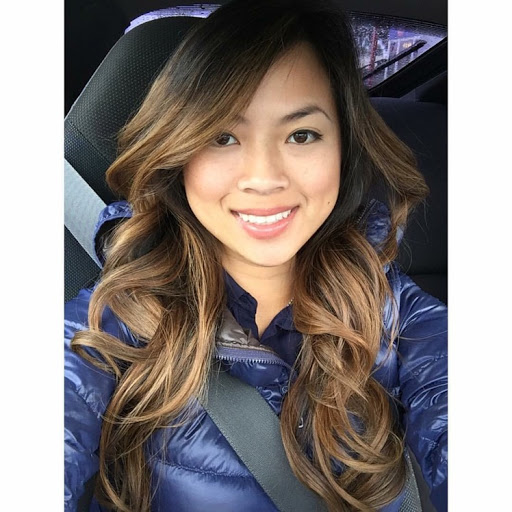
Hang Ngo
Work:
Smith Micro Software - HR Intern (2011-2011)
Chili's - Togo (2009-2011)
Chili's - Togo (2009-2011)
Education:
University of California, Santa Cruz - Psychology
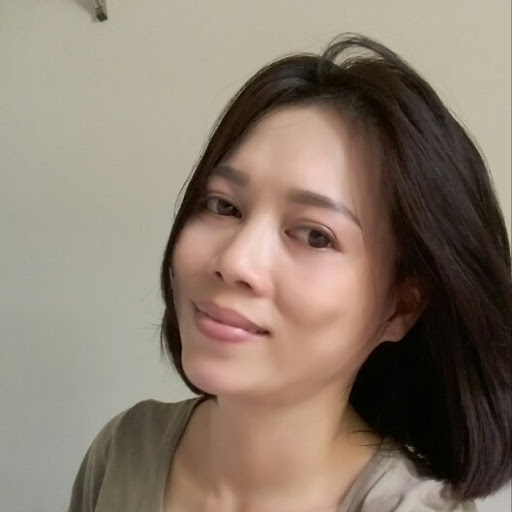
Hang Ngo
Work:
CTY NGUYEN DIEP
Relationship:
Single
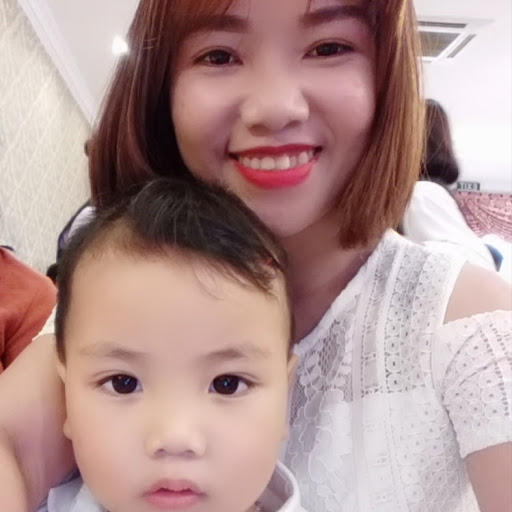
Hang Ngo
Education:
Cllt

Hang Ngo
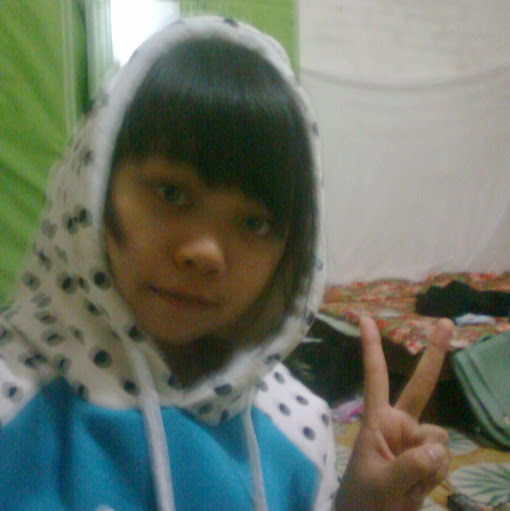
Hang Ngo
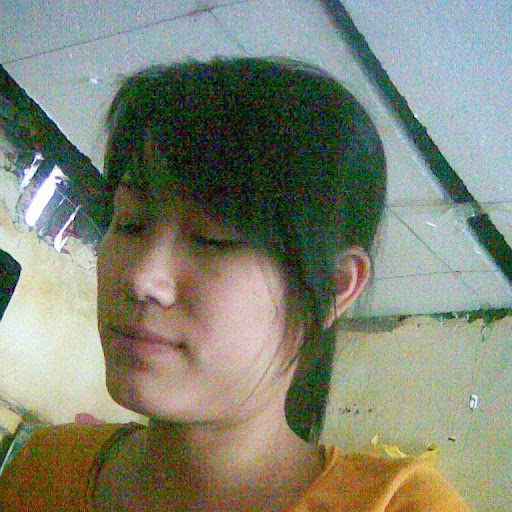
Hang Ngo

Hang Ngo
About:
Tôi chỉ là gió. Là sương là khói. Là mong manh thôi...

Hang Ngo Thuy
view source
Hang Ngo
view source
Hang Ngo
view source
Hang Ngo
view source
Hang Ngo Thu
view source
Hang Ngo
view source
Hang Ngo
view source
Hang Ngo
view sourceClassmates

Hang Ngo
view sourceSchools:
Levelland Junior High School Levelland TX 2005-2009
Community:
Jessie Constantino, Olga Gogie
Youtube
Myspace
Flickr
Get Report for Hang Thi Ngo from Milpitas, CA, age ~50
















